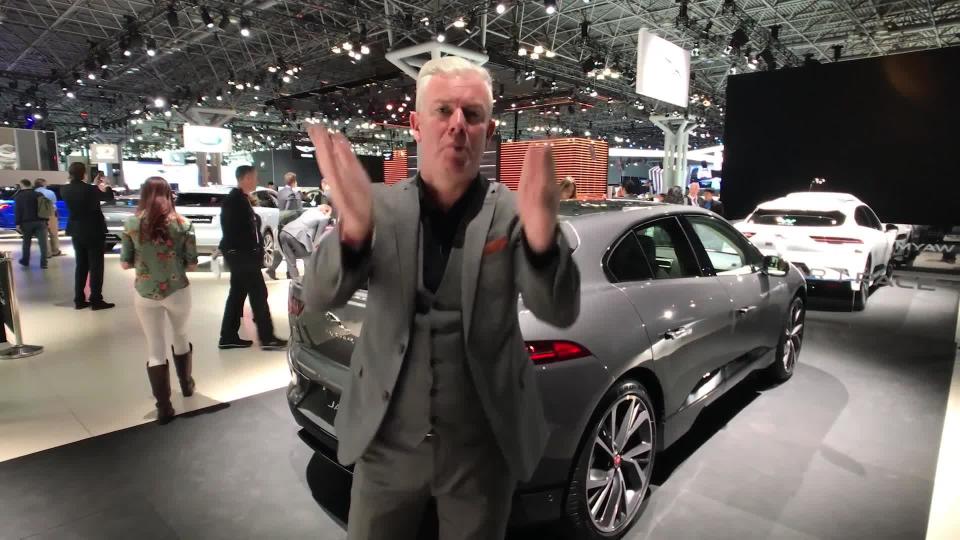Jaguar could replace two of its slow-selling sedans with a compact hatchback
Jaguar needs a home run, and it might merge the slow-selling XE and XF into a single model in a swing for the fences. The company is considering several ways to replace its two smallest sedans, and one option on the table is filling the gaps they'll create with a compact hatchback that would take Jaguar into a segment it's never been in before.
Nothing is official yet, and Jaguar still hasn't ruled out developing a direct successor to each model, but British magazine Autocar learned at least two other options are being evaluated. Julian Thomson, the company's design boss, suggested their spot might be filled by a city-friendly hatch that would stretch about 177 inches from bumper to bumper, a figure that would catapult it into a segment dominated by the Audi A3, the BMW 1 Series, and the Mercedes-Benz A-Class. It would lure a new set of customers into the company's global showrooms.
"I'd love to do smaller cars, and it feels as though the time is right. Jaguar needs a global product that could appeal to younger buyers, and more females as well," Thomson the publication. Although that's simple on paper, it's a lot more difficult to achieve in real life. "It's a tough sector. You need big numbers, which means big factories, and a big organization to sell them. But that's definitely where I would like us to be."
Jaguar would need to find a cost-effective way to build the model. Developing an architecture from scratch is one possibility, though it's an expensive one for a company whose financial foundations are shaky at best. It could use its new MLA platform if it's flexible enough to underpin a small car, or it could ask BMW — which it's linked to via several on-going partnerships — to use the front-wheel-drive UKL architecture found under the aforementioned 1.
One point the original report doesn't address is that, while a hatchback in the vein of the A3 would do well in Europe, it would fall flat on its face in the United States. That's why Audi, BMW, and Mercedes-Benz all added a trunk to their Euro-flavored hatches for American buyers who prefer three-box sedans. Jaguar would either need to do the same, meaning it would replace two sedans with a hatchback turned into a sedan, or it would end up giving up thousands of sales in one of the world's largest car markets, which would be counterintuitive.
Another possibility floated by Autocar is replacing the XE (pictured) and the XF with a compact sedan described as eco-focused. It would be available with mild-hybrid and plug-in hybrid technology, but it would not spawn an electric variant because it would land in a cost-sensitive segment and battery technology remains expensive. This approach would work well in the United States because the yet-unnamed model would be a three-box sedan, but it would in turn lack appeal to the 800,000 motorists who buy a compact hatchback each year in Europe.
Viewed in this light, Jaguar is in a bit of a pickle. It hasn't commented on what the future holds for the XE and the XF, so we'll need to wait until official details emerge to have a better idea of how these models will be replaced.
What's next?
Jaguar's current focus is putting the final touches on the next-generation XJ, which is scheduled to make its official debut before the end of 2020. It will be available with an electric powertrain, though it's too early to tell if gasoline-powered models will be part of the range, but it will still be recognizable as a member of the decades-old XJ family. Thomson described it as being more traditional-looking than the segment-bending I-Pace.
As for the XF, it's scheduled to receive comprehensive mid-cycle updates inside, outside, and under the hood in the not-too-distant future. We're expecting the sedan and wagon variants to go on sale for the 2021 model year.
Related Video:
You Might Also Like





